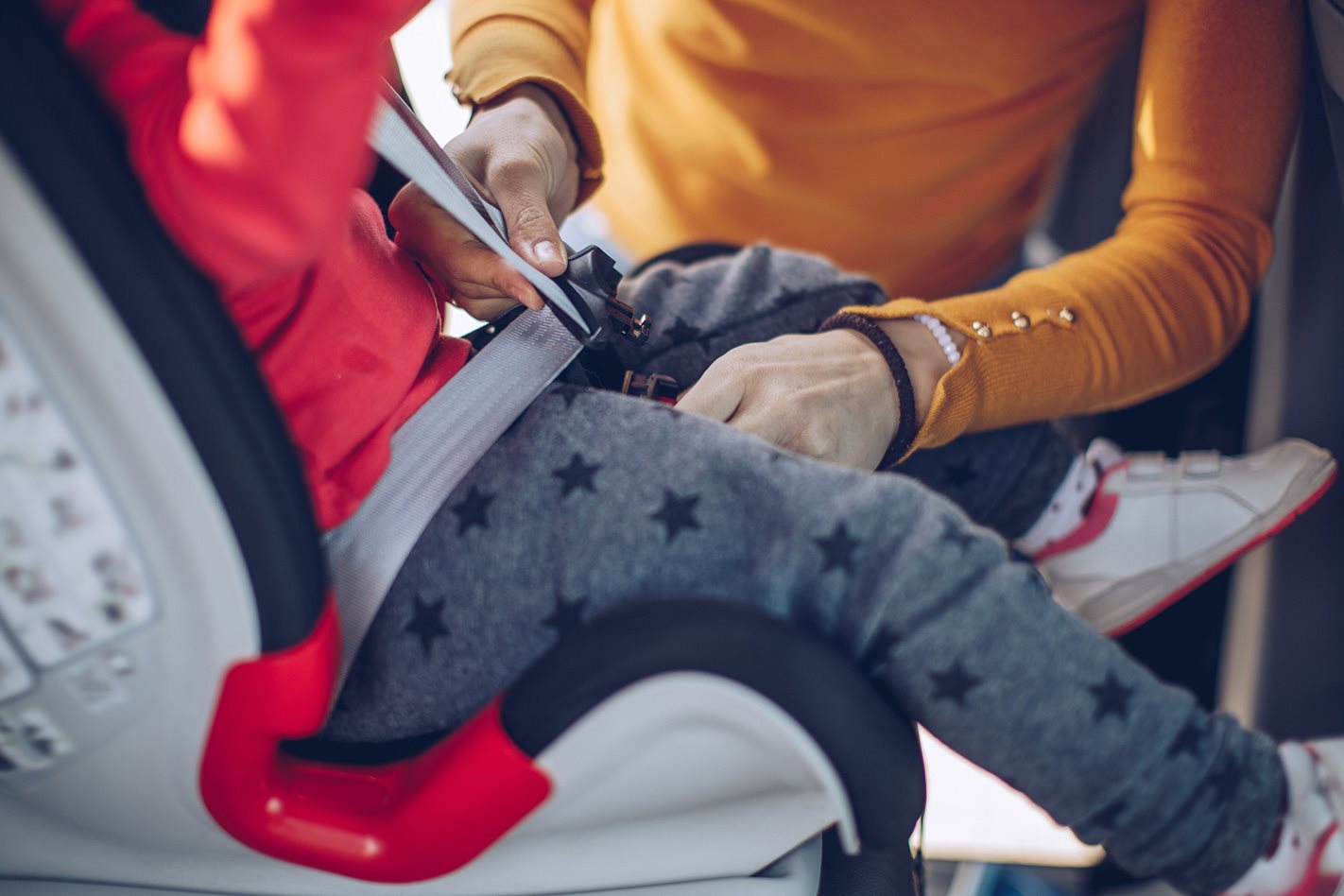
Even if parents do have a vague idea about the laws, they often give in to pester power. Little kids are always begging to sit in the front seat. The cockpit’s more exciting, right? And no one wants to be squashed between annoying siblings.
Too often, busy mums and dads — juggling shopping, school bags and other kids — acquiesce.
There are national laws regarding carrying your precious cargo. These are set out by the National Transport Commission (NTC) which maintains the Australian Road Rules (ARRs).

To complicate matters, each state and territory has adapted the rules to meet individual requirements, resulting in slight variations across borders. For that reason it’s best to check your local rules in the links below. As a general guide, however, here are the rules as set out by the NTC:
Children under 6 months
What to look for with a baby car seat? Newborns up to the age of 6 months must be restrained in an approved rearward-facing restraint. The restraint is held in place by the seatbelt and the top tether strap, and incorporates an inbuilt six-point harness system.
Children aged 6 months to 4 years
If the passenger is 6 months or older, but less than 4 years old, he or she must be restrained in a suitable and properly fastened and adjusted:
- Rearward facing approved child restraint; or
- Forward facing approved child restraint that has an inbuilt harness.
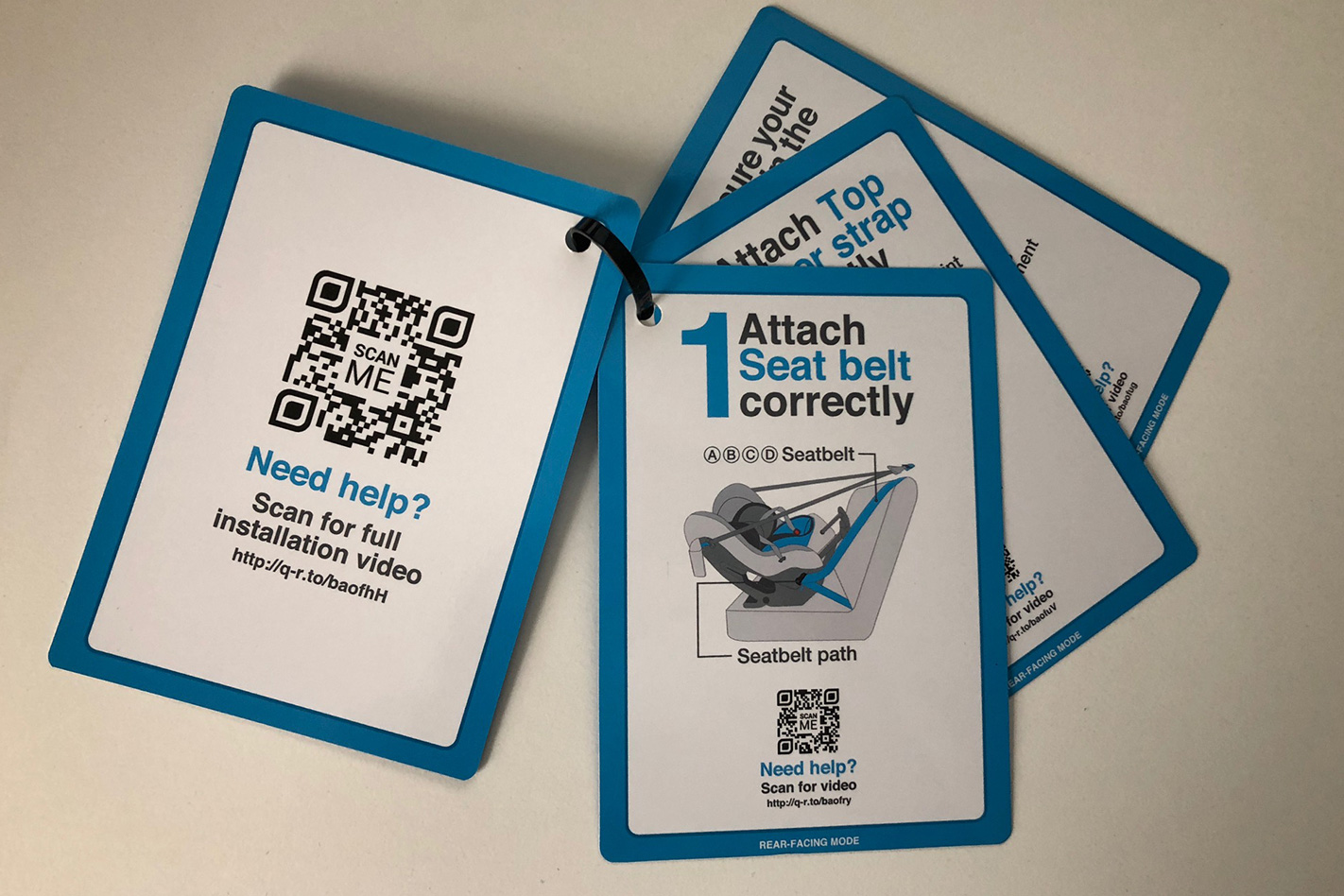
Children of this age grow at different rates. Even if your child is 6 months old they may not be ready to travel in a forward-facing child restraint. It’s recommended children are kept in their rear-facing restraint until they are too big for it.
Front or back seat?
Children under the age of 4 years must only travel in the back seat of a vehicle.
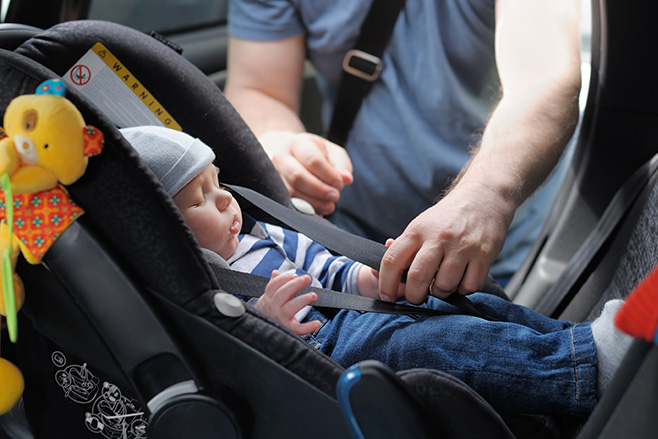
Children aged between 4-7 years
If the passenger is 4 years or older, but less than 7, he or she must:
- Be restrained in a suitable and properly fastened and adjusted forward facing approved child restraint that has an inbuilt harness; or
- Be placed on a properly positioned approved booster seat and be restrained by either a suitable lap and sash type approved seatbelt that is properly adjusted and fastened, or by a suitable approved child safety harness that is properly adjusted and fastened.
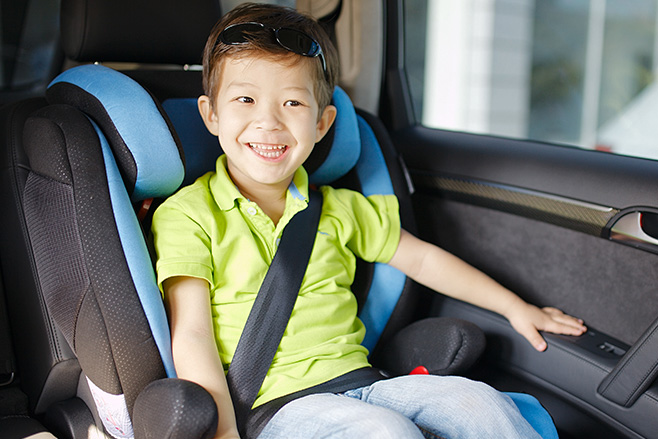
Front or back seat?
A passenger who is 4 years or older, but less than 7, must not be in the front row of a motor vehicle that has 2 or more rows of seats unless:
- All of the other seats are occupied by passengers who are also less than 7 years old; or
- There is no empty seating position in which the passenger can sit in accordance with this rule.
Children aged between 7-16 years
Children aged over 7 years must use either:
- A booster seat; or
- An adult seat belt.
Children aged 7 years and over can travel in the front seat. However, research shows that children under 12 years are much safer travelling in the back seat.
As mentioned, some states have made amendments to the national laws. For example, Victoria, News South Wales and South Australia no longer consider age ‘7’ the magic number to take a child out of a child restraint. These states argue that because children come in all shapes, sizes and heights, it’s safer to keep them in booster seats until they are 145cm tall.
Why? Because an adult lap-sash seat belt is designed for people with a minimum height of 145 cm. Research shows adult seatbelts only start to fit people properly when they reach this height. That’s when a seatbelt sits across the strongest bones of the body.
Children who are not tall enough to use an adult seat belt can slump into their seat. The lap part of the seat belt is then too high on their stomach which causes more serious injuries in a crash.The poorly positioned sash crossing the neck also causes life-threatening whiplash and injuries to the spine.
These are preventable injuries that occur because the seat belt was not the right size for the child.
145cm is taller than you think; most children don’t reach this height until they are aged ten to twelve.
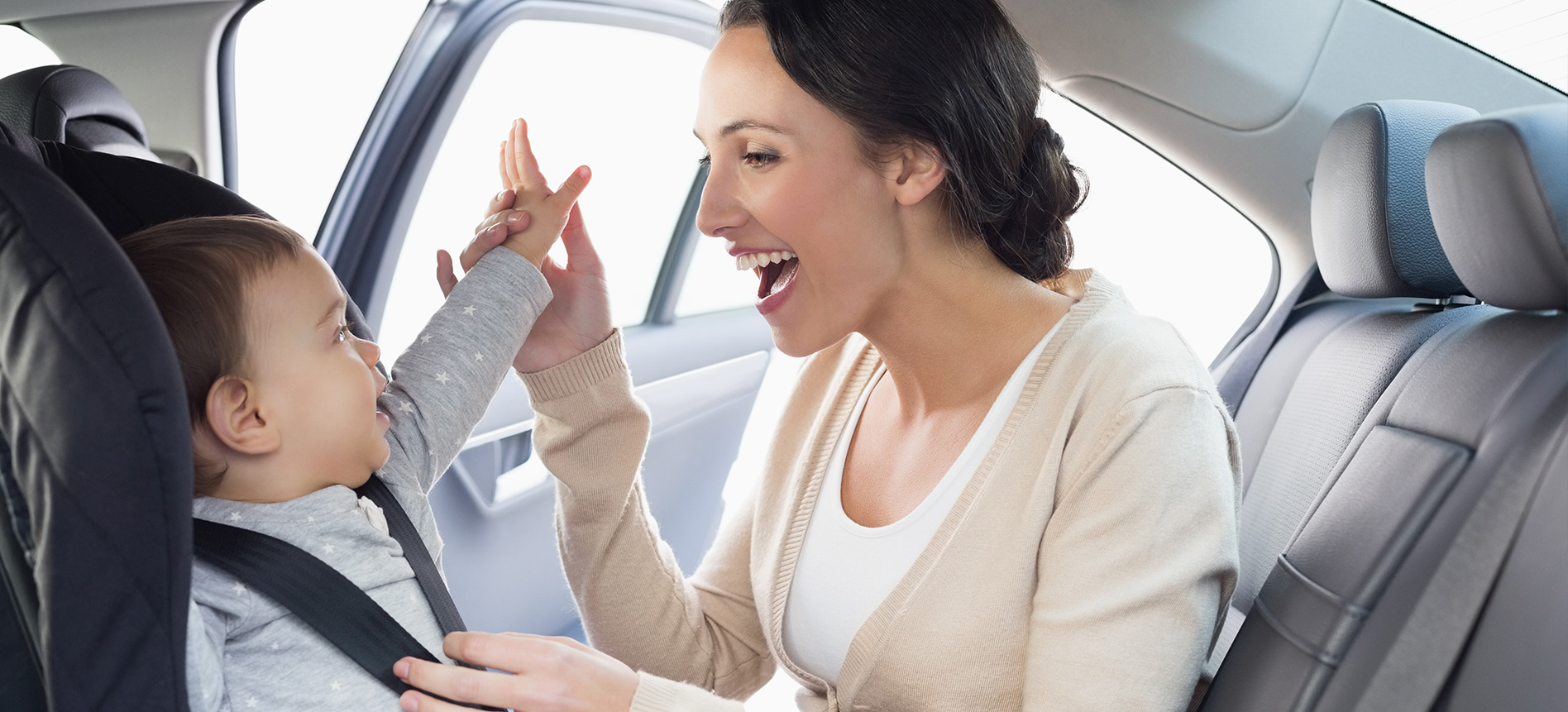
Another way to check if your child is ready to sit in an adult seat is the five step test:
- Can the child sit with their back against the vehicle seat?
- Do the child’s knees bend in front of the edge of the seat?
- Does the sash belt sit across the middle of the shoulder, not on the neck or out near the arm?
- Is the lap belt sitting low across the hips touching the thighs?
- Can the child stay seated like this for the whole trip?
You have probably heard of ISOFIX, but what does it actually mean?
ISOFIX is a universal product standard used for safely attaching child safety capsules and booster seats in cars. (The “ISO” bit comes from the International Organisation for Standardisation. The “FIX” bit is a little more obvious).
Its main benefit is the clip in system which makes affixing capsules and booster seats easy.
Check your vehicle’s user manual to confirm whether it is ISOFIX compatible, or better still, ask before you buy.
Parents can probably hear the howls of protest from their young ones. There’s always a temptation to give in to badgering kids. But if you do have an accident, you don’t want to regret the decision you made immediately before that: The decision to let your child ride in the front seat or go without their booster or properly fitted seatbelt that day. Car seat safety is paramount.
MORE CONTINENTAL CAR LABS
- Caring for your performance tyres
- How fast can you go in reverse?
- How much do roof racks hurt fuel economy?
- Why driving on space savers is a bad idea
- What do car seat laws actually mean for parents?



